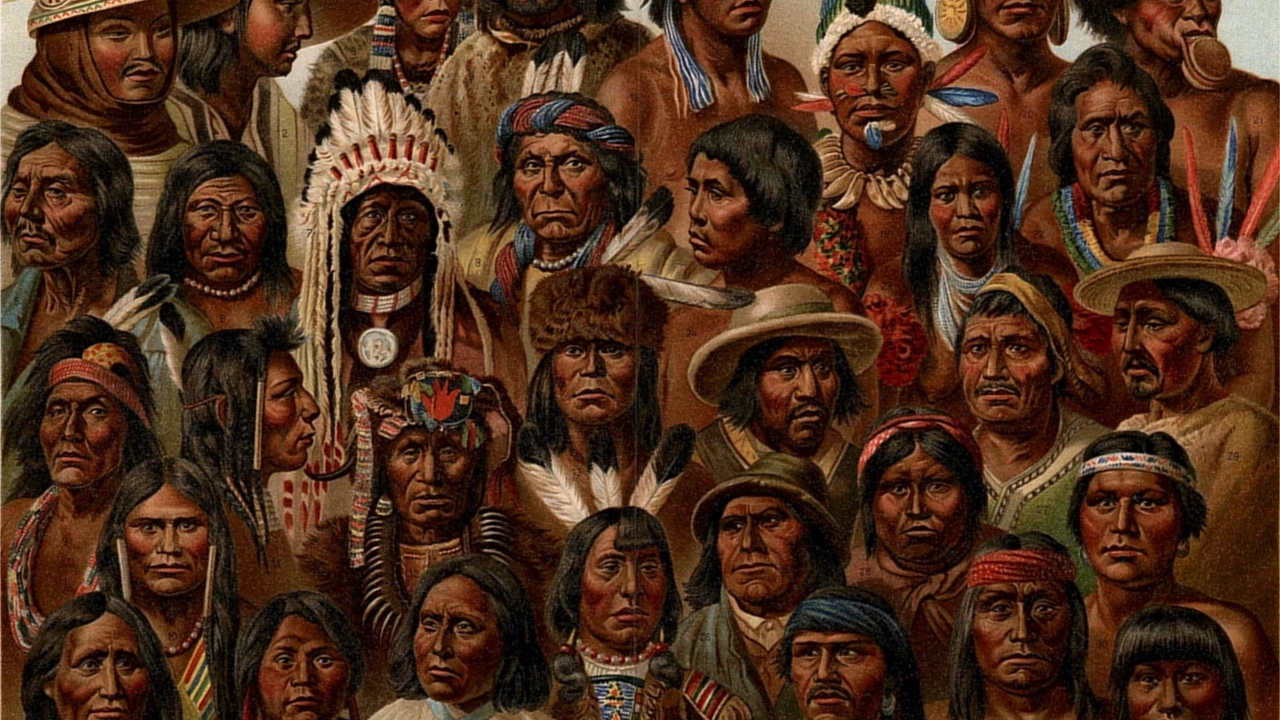Introduction to Native American Reservations
When we talk about reservations, we often think of the vast plains in the Midwest or the arid deserts in the Southwest. However, did you know that there are Native American reservations in the Golden State, too? Yes, California has a significant number of Native American reservations, home to various tribes and groups. These reservations are an essential part of the state's history and current cultural landscape, and it's crucial to understand their significance.
Understanding What Native American Reservations Are
Before we delve into the specific reservations in California, it's important first to understand what Native American reservations are. Reservations are lands that the U.S. government has designated for Native American tribes. These lands are managed by tribal governments and are considered semi-sovereign, meaning they can govern themselves to a certain extent. They were established in the 19th century as part of the U.S. government's Indian removal policy, which aimed to relocate Native American tribes from their ancestral lands to designated areas.
History of Native American Reservations in California
The history of Native American reservations in California is a long and complex one. The state was home to numerous Native American tribes before the arrival of European settlers. These tribes were displaced from their lands due to the California Gold Rush and the subsequent influx of settlers. The U.S. government then established reservations as a means to provide land for these displaced tribes. Over time, these reservations have become a crucial part of the state's cultural and historical fabric.
Current Status of Native American Reservations in California
Today, there are more than 100 Native American reservations in California, housing over 100,000 individuals. These reservations cover a wide range of areas, from bustling urban centers to remote rural areas. Despite the challenges they face, these communities have managed to preserve their cultural heritage and traditions. They are also key contributors to the state's economy, particularly through their operation of casinos and other businesses.
Notable Native American Reservations in California
Among the numerous Native American reservations in California, a few stand out due to their size, population, or cultural significance. The Agua Caliente Band of Cahuilla Indians Reservation, for example, is located in Palm Springs and is one of the most affluent Native American communities in the country. The Morongo Band of Mission Indians Reservation is another notable reservation, known for its large casino and resort. Other significant reservations include the Rincon Band of Luiseño Indians Reservation and the Yurok Reservation, the largest in the state in terms of land area.
The Impact and Significance of Native American Reservations in California
Native American reservations in California are not just historical landmarks or cultural centers; they have a significant impact on the state's social, economic, and political landscape. They contribute to the state's economy through their businesses, provide jobs for their members and others, and preserve and promote Native American culture and traditions. They also play a crucial role in state politics, often advocating for Native American rights and issues. Overall, these reservations are a testament to the resilience and perseverance of California's Native American communities.
